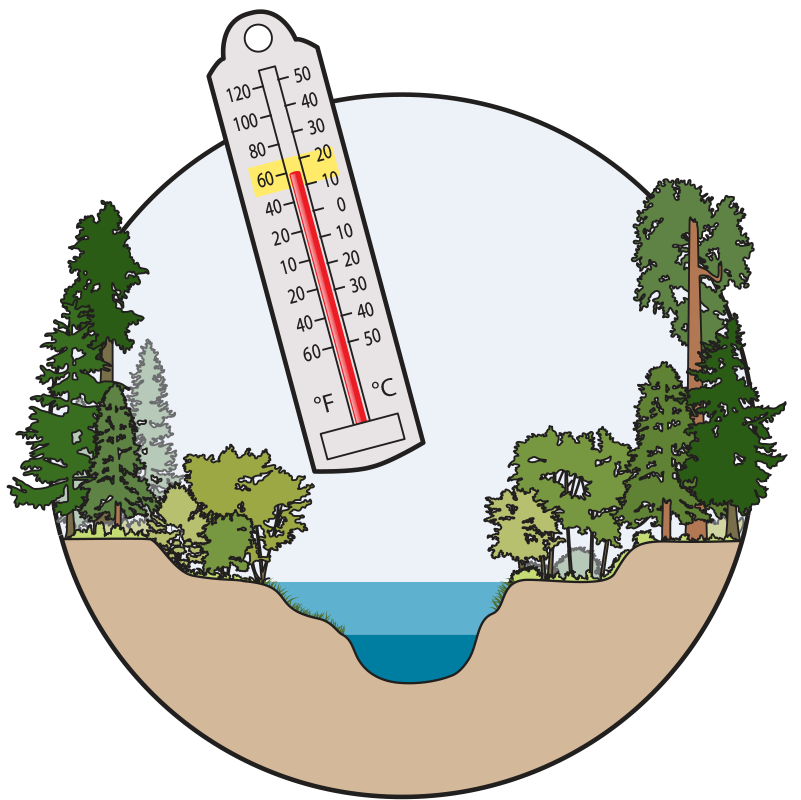
Protect Cold Water Refugia and Other Critical Habitats
Restoration efforts within critical coho habitats must be coupled with long-term habitat protection plans. While historic land use practices including agriculture, timber harvest, and mining contributed to habitat degradation, regulation and increased ecological understanding are helping to curb further degradations. However, threats of converting working agricultural and timber lands to less compatible and more developed land uses are at odds with healthy salmon ecosystems. Habitat improvements within a watershed can be quickly negated if regulated, working lands are sold and subdivided for riverfront residential or commercial uses. Conversion may be viewed along a spectrum, with intact and functioning ecosystems on one end and heavily modified areas such as urban areas and industrial feedlots on the other. As conversion takes place and lands move along this spectrum, watershed health declines due to increased impervious surfaces, altered flow regimes and stream structure, increased pollutant and effluent loading, and/or other adverse impacts to habitat and water quality. Conversion typically reduces both the extent and quality of habitats, while impairing the processes that can restore and create them.
